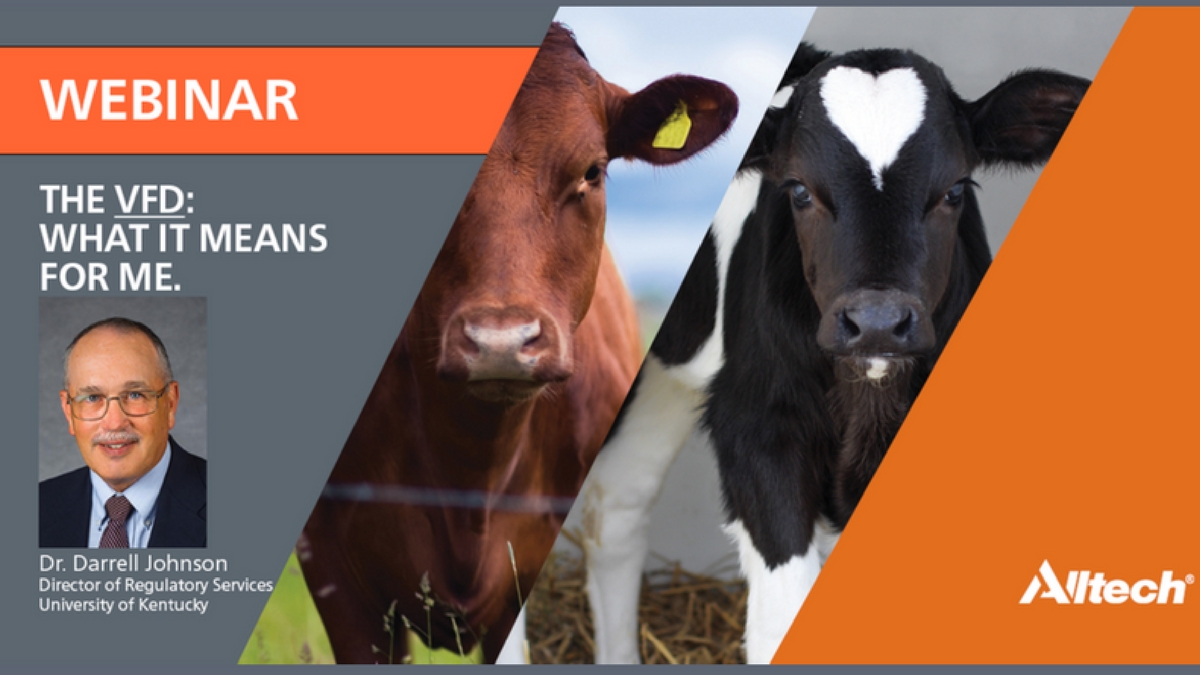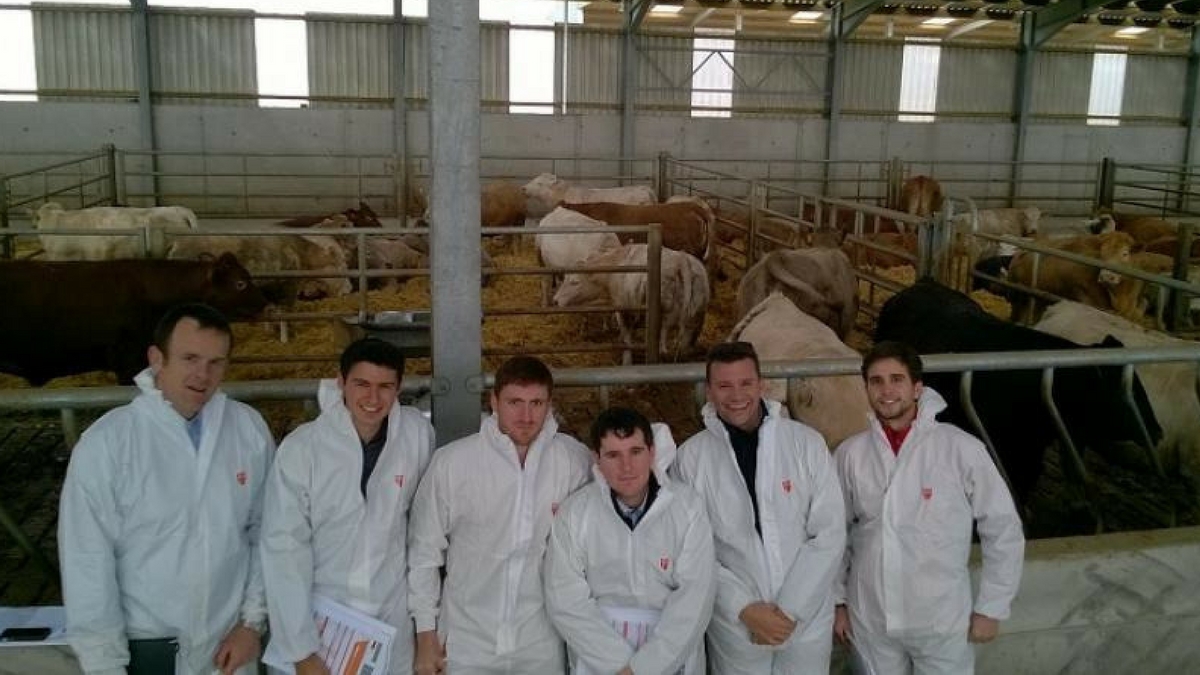Living in the age of the prosumer
The following is an excerpt from a post by Chief Innovation Officer Aidan Connolly on LinkedIn.
‘Prosumer’ is a term used to describe consumers who actively become involved with the design, production and delivery of the goods and services they consume. Considering the power of social media, prosumers have become vocal advocates for products and brands, and what they choose to consume reflects their values, aspirations and beliefs. From a company perspective, it means that more and more prosumers shape, and even control, the message and drive demand — not the manufacturer.
(Food producers & farmers must) expect to meet consumer demands, not just those they have defined today but those they think of tomorrow. - Walter Robb, CEO, Whole Foods, at the Alltech REBELation Conference, Lexington, KY. May 2015.
Nowhere is this more evident than in the changing world of food production. Food is becoming incredibly cheap, representing less than 10 percent of the household expenditure in the Western world. For the first time perhaps in history, the biggest challenges facing the food chain involve not just production technologies or costs, but the environmental and social impact of both production processes and the food itself.
Sales of processed foods are dropping as consumers turn to products with ‘clean labels’ (ingredients that you would find in a home kitchen) and organic foods. Sales of carbonated soda drinks, potato chips, packaged cereals, frozen dinners, chewing gum and even orange juice have dropped by as much as 25 percent in the last five years as consumers come to see these as unhealthy food choices. By contrast, the growth in craft beers and craft breads, artisanal cheeses, coffee shops and organic stores reflect the intersection of craft and mass marketing. At the same time, recognizing these changes, government regulators, non-governmental organizations, suppliers of goods and services, and even potential employees are more proactive and outspoken than ever.
Welcome to the era of the prosumer.
Consumers who can easily research ingredients, processes and companies to make more informed decisions regarding food safety and nutrition are driving the pace and imperative for change in the food industry. According to Forbes’ contributing author Susan Gunelius, these prosumers are “product and brand advocates,” who now significantly affect the success or failure of companies, products and brands through their involvement on the social web.
- Read more about Living in the age of the prosumer
- Log in to post comments
Considering the power of social media, prosumers have become vocal advocates for products and brands, and what they choose to consume reflects their values, aspirations and beliefs.





















